New mattress too firm? Here’s the cheap product I swear by that’ll save you from replacing it
Mattress buyer’s remorse? Don’t splurge on a new bed — try this trick I use instead
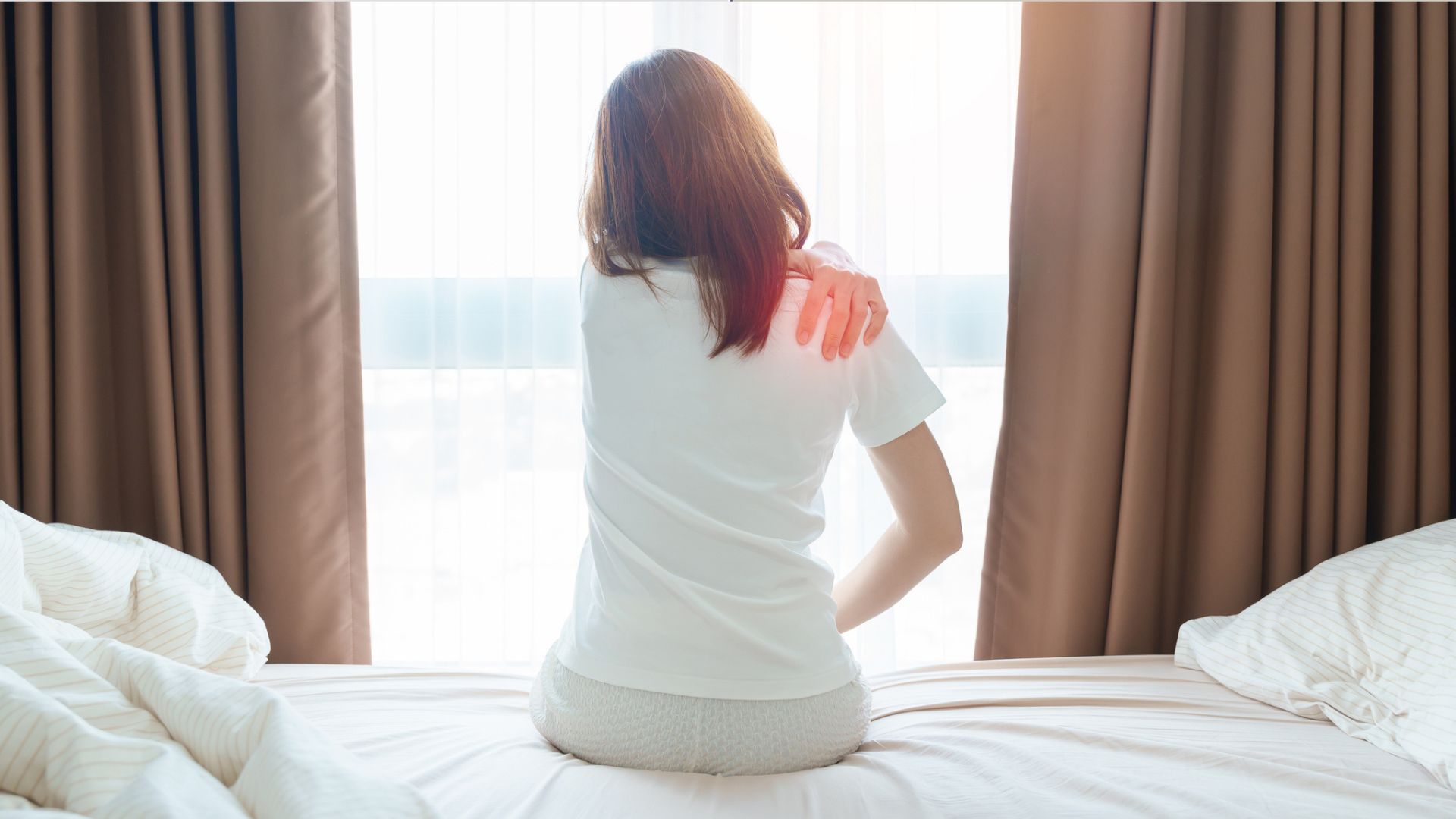
Being a mattress tester often means I need to sleep on beds that are way too firm for my liking.
Don't get me wrong, the best mattresses for all sleepers come in different firmness levels, and some sleepers genuinely need a firm bed for the ultimate support.
In fact, if some people (such as back, stomach, or heavyweight sleepers) sleep on a mattress that isn't firm enough, they'll wake up sleep deprived and experiencing lower back pain.
If you're a lighter weight side sleeper like me, however, there is such thing as a mattress that's too firm. This is often the case with brand new mattresses that haven't been broken in yet, leading you to regret buying the bed that promised cushioning comfort.
Luckily, there is something I always use to soften a firm mattress I've finished testing while waiting for another mattress to arrive...
The real trick to softening a bed on a budget
There are plenty of tricks you can try to soften a hard bed, but some are pretty questionable.
For example, memory foam is sensitive to heat so turning up your bedroom's temperature can soften a bed and make it spongier, but there are two downsides: 1) cranking up the heating costs money; and 2) a warm bedroom can lead to overheating and night sweats.
However, there is a cheap product that will instantly soften a hard bed: a budget memory foam mattress topper. The best mattress toppers can alter a bed's feel completely, adding extra cushioning and softness to a hard mattress.
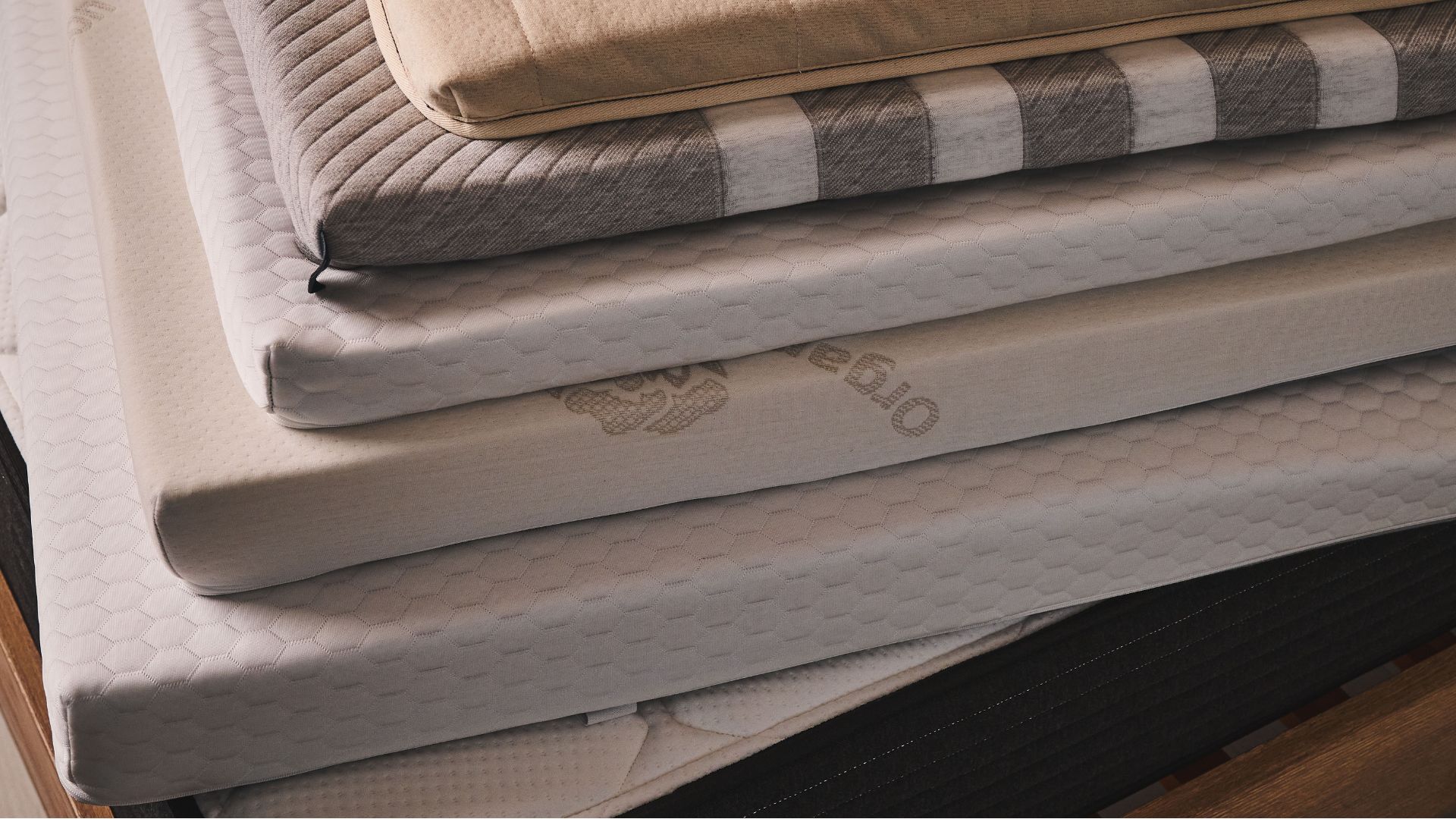
Fortunately, mattress toppers are much cheaper than buying a new mattress, and most memory foam toppers are especially designed to soften hard beds. They can also expand the lifespan of your mattress, adding an extra layer of protection, and can see you through the mattress break-in period.
Trawl though Amazon and you'll find plenty budget mattress toppers, coming in range of sizes and designs. However, it's important to know how to choose a mattress topper that will suit both you and your mattress.
This is especially true if you're on a tight budget, as it can be tempting to buy a dirt-cheap-but-ineffective mattress topper based on price alone.
Here's what you should consider before buying a cheap mattress topper to soften a firm bed...
But first, check your mattress sleep trial
Before you buy a mattress topper, you should consider the base your mattress is supported by. While providing sturdy support, a bedframe with slats that are close together, or placing your mattress on the floor, will make your mattress feel firmer. Whereas a flexible bed base will have more give.
If you're sure your bed base is suitable for your new mattress, work out the exact day it arrived on your doorstep.
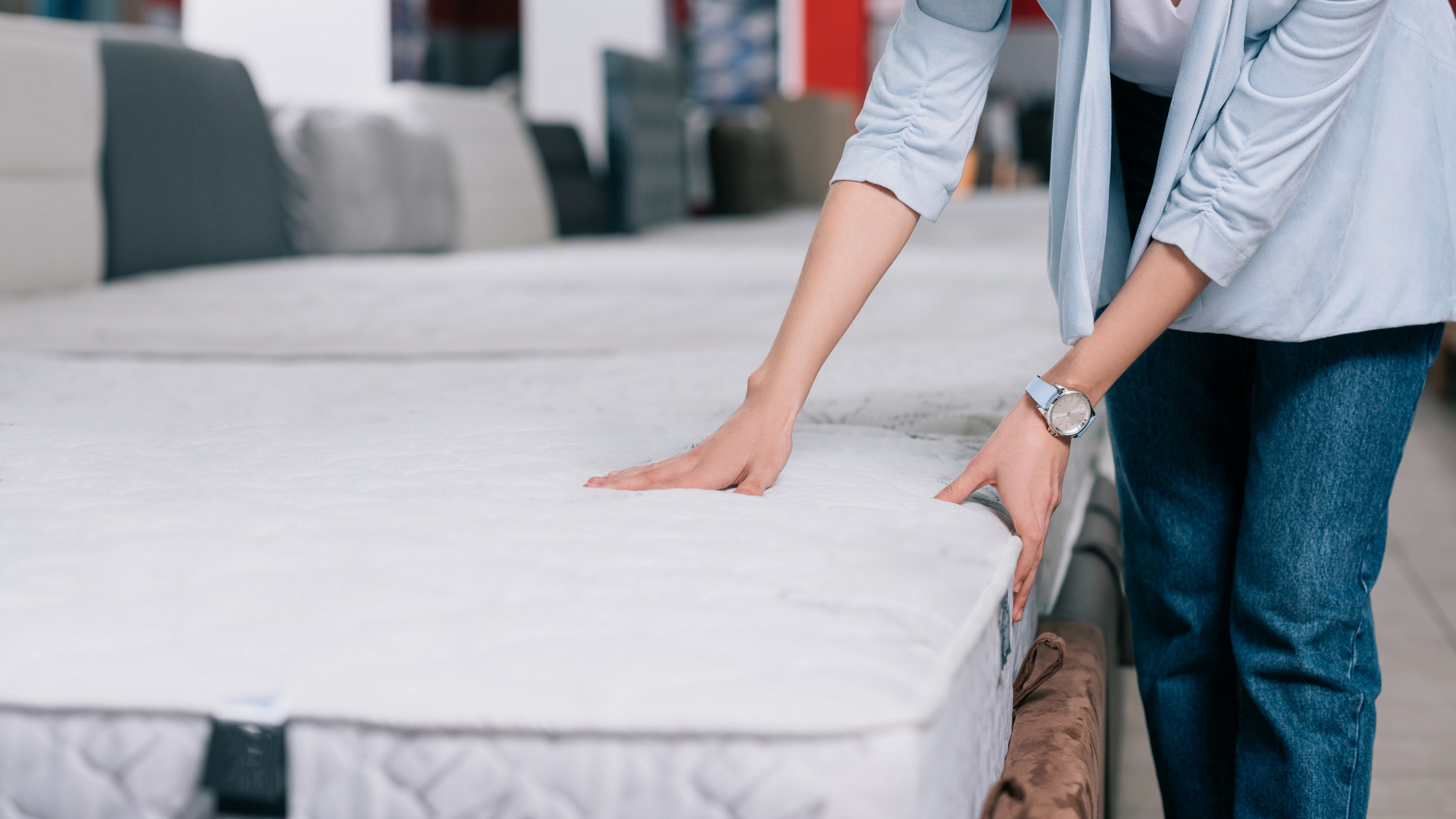
If it was delivered less than 30 days ago, check if the mattress came with a sleep trial, which allows you to sleep on you mattress for an allotted time period. This period usually lasts for a minimum of 30 nights and a maximum of a whole year.
Why is 30 nights the minimum? Well, this is how long it takes to break in a mattress. In fact, many brands won't allow you to return a mattress until you've slept on it for a month.
If you decide that the mattress isn't for you before the trial period is up, you can usually return the mattress for a full refund or swap it for something more suitable.
However, please bear in mind that some brands require a returns fee, while other mattresses (such as those purchased from Amazon or in a final clearance sale) don't come with a trial, instead offering 30-day returns or no return policy at all.
How to choose a cheap mattress topper
So, you've had your mattress for over 30 days, the trial period has ended, it's no longer (or never was) returnable, it's well supported, and the bed is still way too firm for you.
This is where a budget mattress topper can step in to save the day...but only if it has the following three features:
1. Make sure it contains foam
Foam provides dense cushioning that can alter a mattress's feel, so only go for a mattress topper that has a foam design. Why? Well just read about the time I bought a microfiber bed topper to soften up a firm mattress. The foamless microfiber topper was dirt-cheap, but it had no effect on my mattress whatsoever.
Foamless toppers are nothing more than glorified mattress pads, but many cheap mattress pads are billed on Amazon as mattress toppers. Don't make the same mistake as I did: get a mattress topper containing foam.
2. Make sure it uses CertiPUR-US certified foam
Speaking of foam, make sure the mattress topper you choose has CertiPUR-US certified foam. A CeriPUR-US stamp of aprroval tells you that the foam in the mattress topper adheres to environmental and health safety standards.
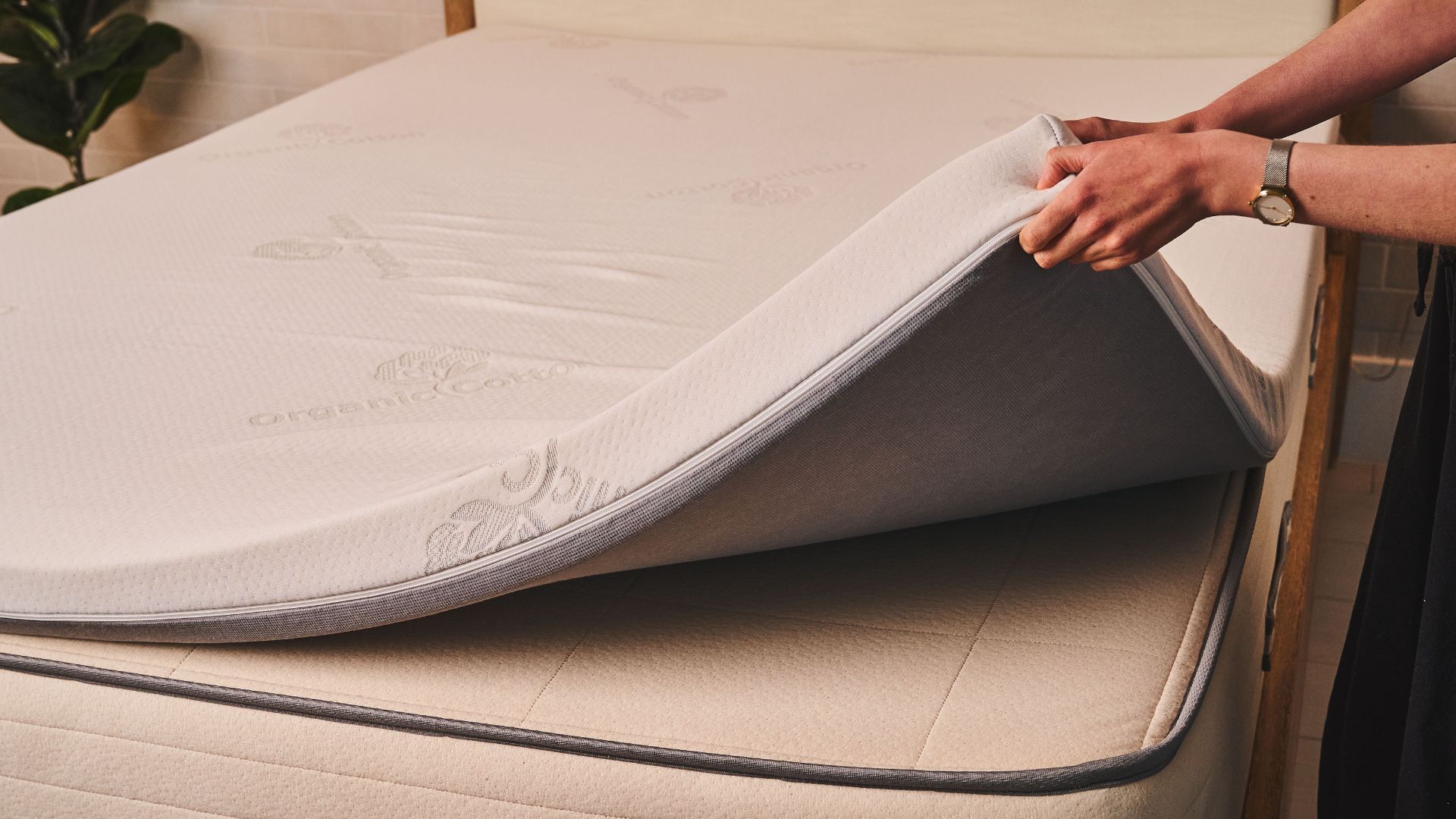
And if you're worried that this certification hikes up the price of a mattress topper, don't be. The certification can be found on all reputable toppers of any price tier.
In fact, it's very rare that you'll find a memory foam topper that doesn't have one, and an absence of one should tell you to stay clear of a topper.
3. Make sure it’s at least 2” thick
While the thickness of your mattress topper should depend on your body weight, sleep style and mattress type, toppers should be at least 2" to make a difference to the feel of your mattress.
Generally, the thicker the mattress topper, the softer it will be. A 2" topper will provide enough support and comfort to soften up a new mattress for most sleepers, including those who prefer to sleep on their stomach or back. However, lightweight side sleepers may want more cushioning offered by thicker toppers of up to 4".
Sign up to get the BEST of Tom's Guide direct to your inbox.
Get instant access to breaking news, the hottest reviews, great deals and helpful tips.
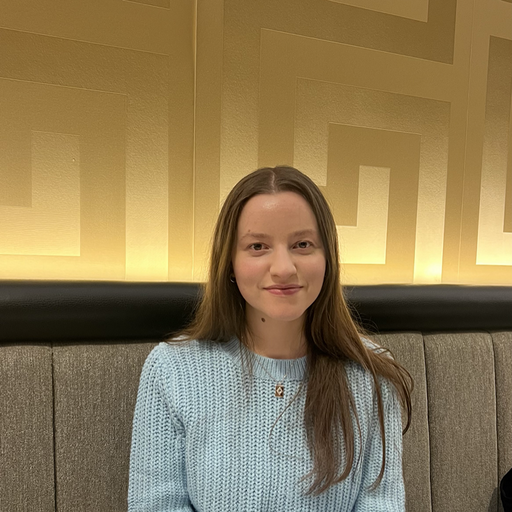
Frances Daniels is a PPA-accredited journalist and Sleep Staff Writer at Tom's Guide with an MA in Magazine Journalism from Cardiff University. Her role includes covering mattress and sleep news and writing sleep product reviews and buyer's guides, including our Best Hybrid Mattress 2025 guide. She is hugely interested in the relationship between good sleep and overall health, interviewing a wide array of mattress and sleep experts to create well-informed articles about important topics such as nutrition, sleep disorders (from sleep apnea to night terrors), lucid dreaming, sleep hygiene, and mattress care. She is also our specialist on mattress toppers — producing mattress topper reviews and taking care of our Best Mattress Toppers 2025 guide — and takes the lead on all content related to fiberglass-free mattresses for a clean, non-toxic sleep. Outside of Tom's Guide, she has written for Ideal Home, Homes & Gardens, and Marie Claire.
You must confirm your public display name before commenting
Please logout and then login again, you will then be prompted to enter your display name.
